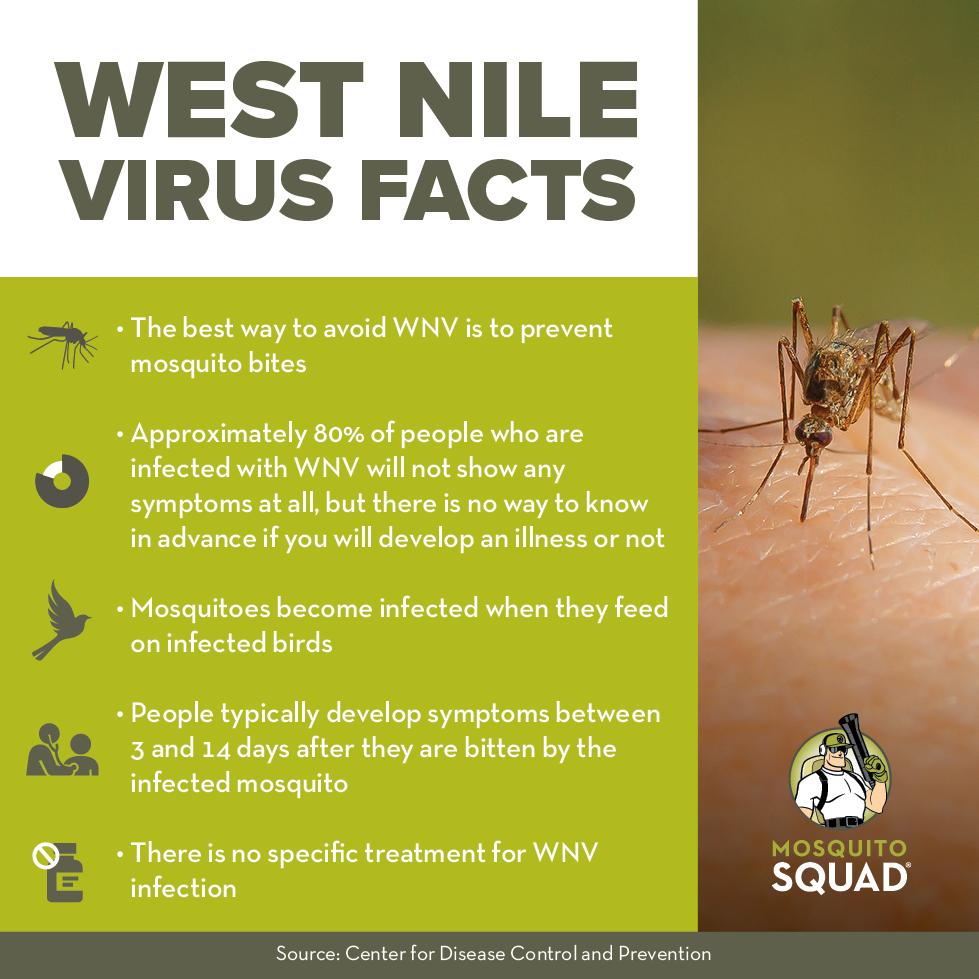The Return of West Nile Virus
As summer fades and autumn approaches, many Canadians relish the last days of warm weather. However, lurking in the shadows of these pleasant days is a public health concern that is growing increasingly significant—the West Nile virus. First identified in North America in 1999, the virus, carried by mosquitoes, has returned this season with alarming statistics, raising awareness and concern among health officials and the general public alike.
Statistics and the Current Climate
According to the Public Health Agency of Canada, there have been 37 reported cases of West Nile virus across the country so far this year, compared to only 22 at the same time last year. This uptick is particularly concerning as mosquitoes thrive in wet and warm conditions, which have characterized this summer. As noted by Dr. Sarah Lin, an epidemiologist at St. Michael’s Hospital in Toronto, “West Nile virus is not just a summer concern; it can linger into autumn, especially when the weather remains consistently warm. Canadians need to be vigilant as we enter this transitional period.”
Understanding the Risks
The majority of individuals infected with the West Nile virus experience mild symptoms, often resembling common flu-like effects. Yet, there is a darker side as nearly 1 in 150 infected individuals may develop severe neurological complications, which can lead to long-term health issues or even death. This stark reality has led Canadian health departments to roll out public awareness campaigns, urging citizens to take preventive measures seriously.
Public Reaction and Awareness
The public reaction has been mixed; many are taking to social media to share their concerns. Tweets like, “Just found out that West Nile virus is on the rise in my area! Stay safe, everyone!#PublicHealth” suggest that there’s increased awareness. However, there remains a segment of the population who downplay the risks, often attributing the media coverage to seasonal scare tactics.
Preventative Measures
In light of the resurgence, health authorities recommend proactive measures to prevent mosquito bites, such as wearing long sleeves, using insect repellent, and ensuring that standing water is eliminated around homes which breeds mosquito habitats. Encouragingly, local municipalities are stepping up efforts by conducting regular mosquito monitoring and spraying operations to reduce population densities.
The Implications Ahead
As we move further into the fall, the potential for a higher incidence of West Nile virus poses questions about public health infrastructure and response capabilities. The ongoing challenge with emerging and re-emerging diseases such as West Nile highlights the importance of community vigilance and government readiness to address unexpected viral surges.
A Call to Action
This season marks a pivotal opportunity for Canadians to engage in discussions about vector-borne diseases and advocate for more robust public health strategies. By fostering awareness and supporting preventive measures, we can mitigate the risks posed by the West Nile virus and safeguard our communities. It’s essential to remember that while the West Nile virus may not always be front of mind, remaining informed and prepared is our best defense.

